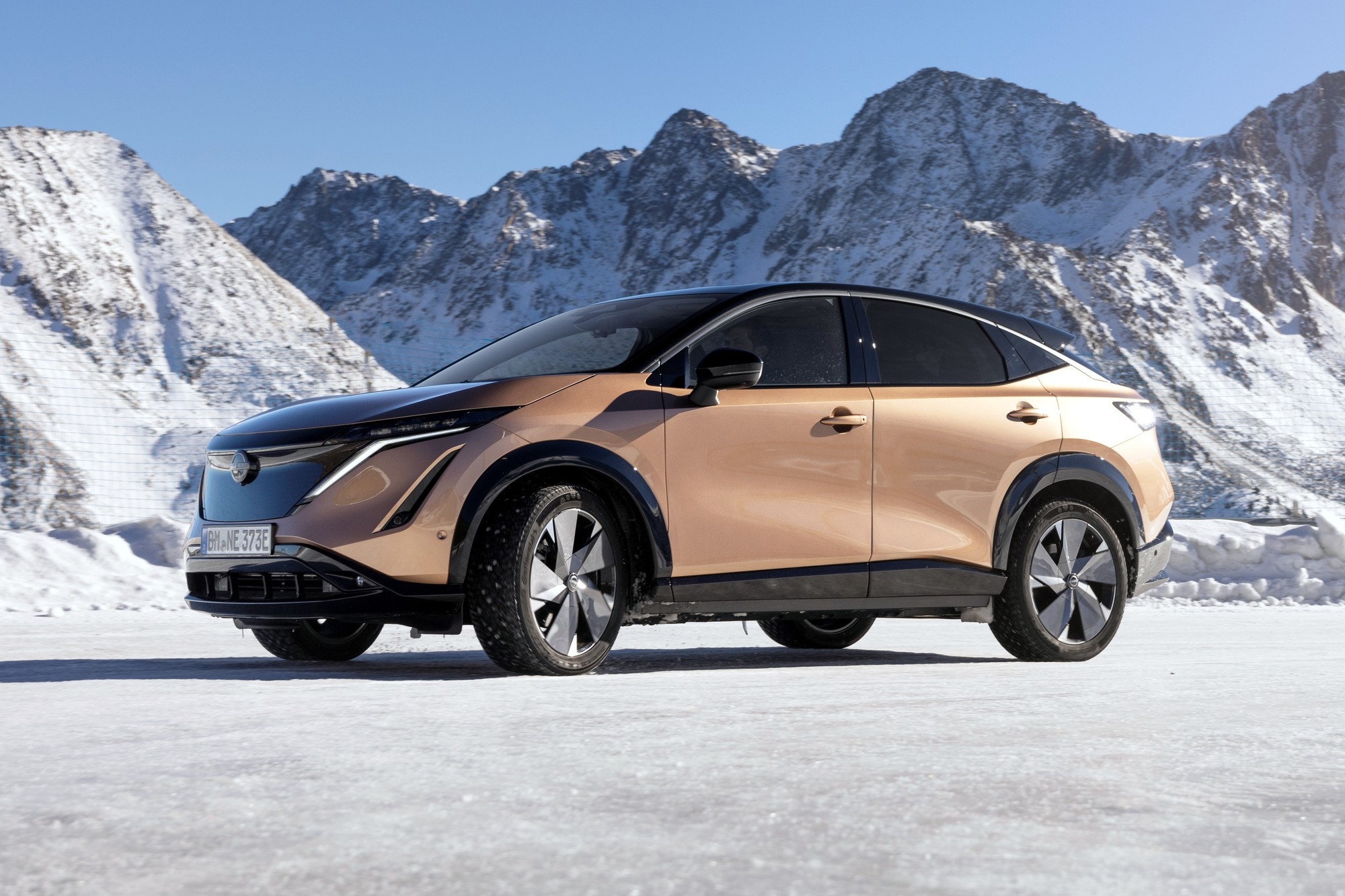
The United German Automobile Club ADAC decided to check how much the main consumer characteristic of electric vehicles — the range on one charge — deteriorates with the onset of cold weather. Audi Q4 e-tron 50, BYD Atto 3, Cupra Born 58 kWh, Dacia Spring 45, Hyundai Ioniq 5 58 kWh, MG5 Maximum Range, Nio ET7 100 kWh, Nissan Ariya 87 kWh, Ora Funky Cat, Renault Kangoo took part in the tests E-Tech Electric, Renault Megane E-Tech Electric EV60, Tesla Model 3, Tesla Model S, Volkswagen ID.5 and Xpeng G9. The results, to put it mildly, do not inspire optimism.
Electric cars last year, according to ACEA (European Automobile Manufacturers Association), accounted for 14.6% of new passenger car sales in Europe, overtaking diesel cars (13.6%). In our country, according to the AEB, the share of electric vehicles in the new car market in 2023 was only 1.2%, but in 2022 it was 0.4%, that is, interest in electric vehicles is growing noticeably in Russia. Whether we like it or not, most of the new products in the global automotive industry today are electric vehicles.
Meanwhile, in Europe and Russia, the winter this year turned out to be severe, with frosts and heavy snowfalls, and these, frankly speaking, are not the best conditions for the comfortable operation of electric vehicles. The optimal operating temperature range for an electric vehicle battery is from +20 to +40 °C; beyond its boundaries, the battery has to be either forcibly heated or forcibly cooled, which wastes a significant portion of the charge. In addition, in cold weather it is necessary to warm up not only the batteries, but also the interior — it is therefore not surprising that the actual range of an electric car in winter is significantly less than the nominal one. ADAC experts decided to find out exactly how much.
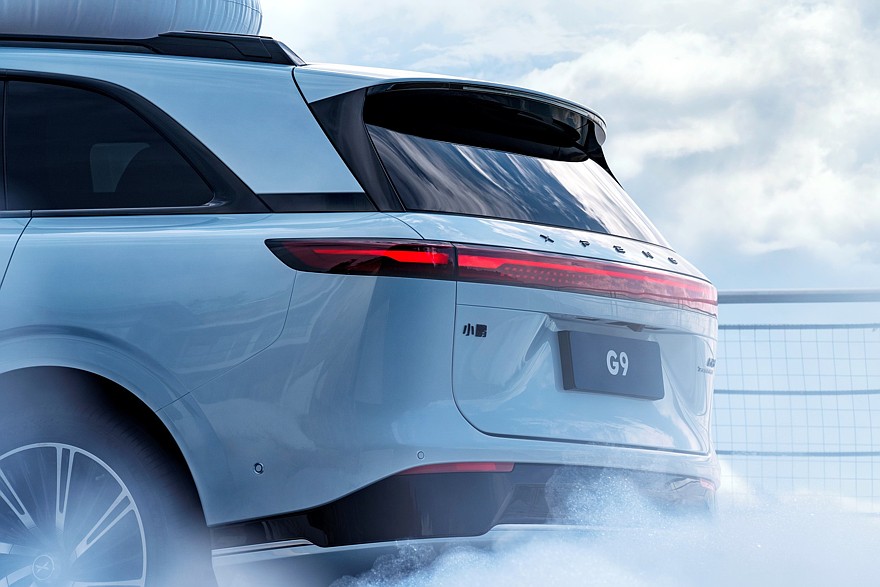
ADAC carried out several measurements of the energy consumption of electric vehicles, including using its own methods, which are as close as possible to typical driving scenarios in Germany, but the basis of the study was the Green NCAP method, which uses a standard WLTP driving cycle of 23 km in length and lasting 30 minutes. We will omit the results of ADAC measurements using our own method in our note, since not all electric vehicles out of the declared fifteen participated in them, but the reader can study the full set of data independently at the link.
The WLTP cycle is quite far from reality due to its short duration and low speeds, but it is standard and certified in Europe, and European buyers rely on the mileage figures obtained from it when choosing an electric vehicle. Each of the electric vehicles participating in the test went through the WLTP cycle at temperatures of -7 and +23 °C; the microclimate units in the cabin were set to +23 °C, which was comfortable for most people. The measurement results are summarized in the tables below.
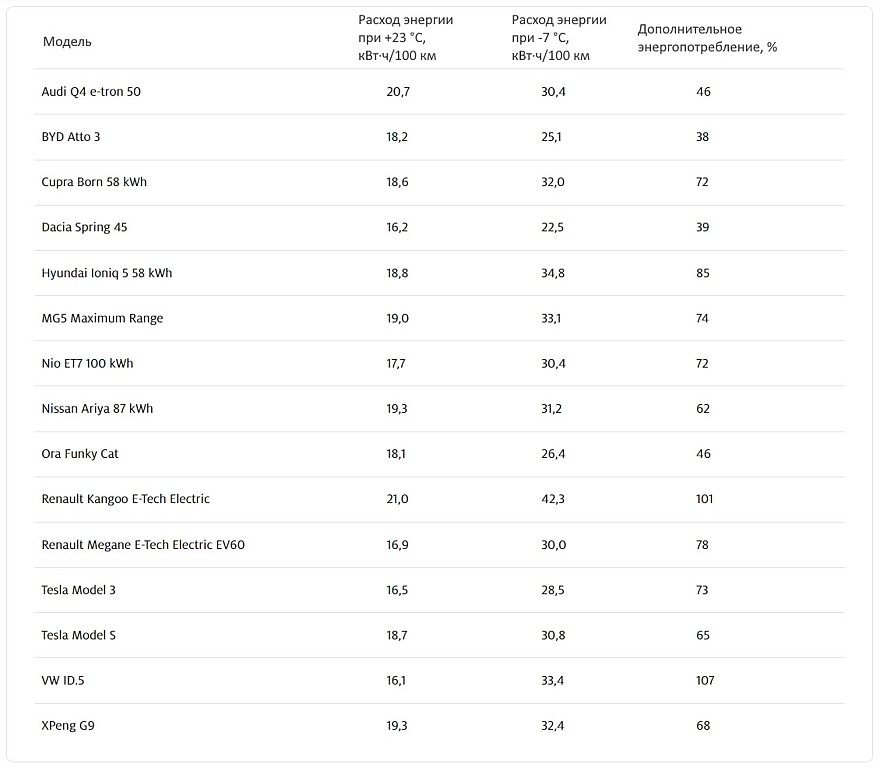
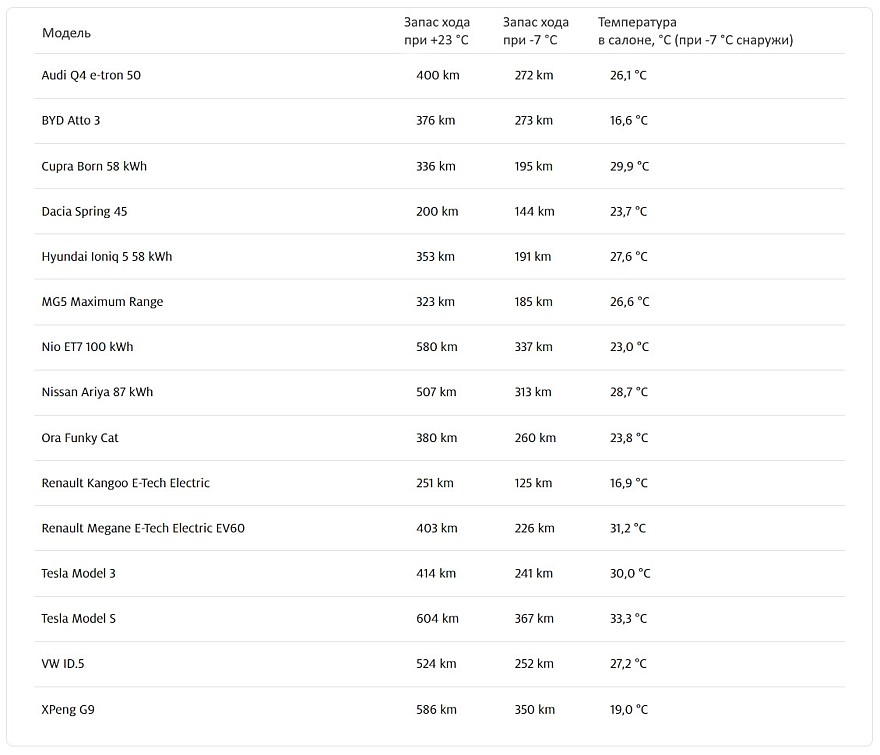
As you can see, when the outside air temperature drops in the specified range, the additional energy consumption in the group of tested electric vehicles ranges from 38% to 107%; the Volkswagen ID.5 crossover and the Renault Kangoo E-Tech Electric “heel” turned out to be the most sensitive to the cold. Nevertheless, the Volkswagen ID.5 looks more attractive, since it managed to warm up the interior to +27.2 °C in cold weather, while in the spacious interior of the Kangoo the temperature did not rise above +16.9 °C. Even worse in terms of interior heating, only the Chinese crossover BYD Atto 3 (+16.6 °C) did not provide a comfortable temperature for its inhabitants and the large “Chinese” Xpeng G9 (+19 °C). The hottest in the test were Tesla Model 3 and Tesla Model S — their interiors heated up to 30 °C and 33.3 °C, respectively, but their additional energy consumption was quite high — 73% and 65%, respectively.
In general, the results are disappointing, but predictable: at the current technological level, electric cars are not very well adapted to harsh winters and are forced to spend up to half of the available energy on heating the interior and battery, and not on driving. It is clear that deep snow tracks, winter tires, a powerful audio system and other amenities and entertainment further reduce the estimated range; unfortunately, one cannot count on long distances in cold weather.


















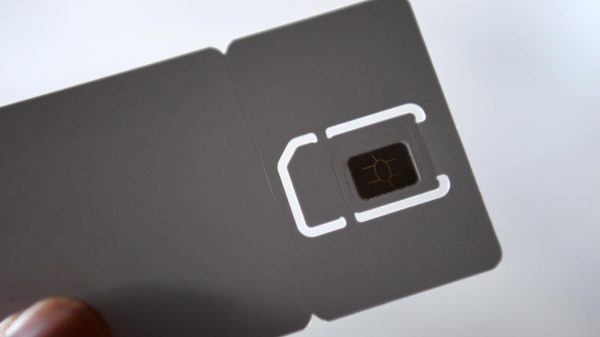









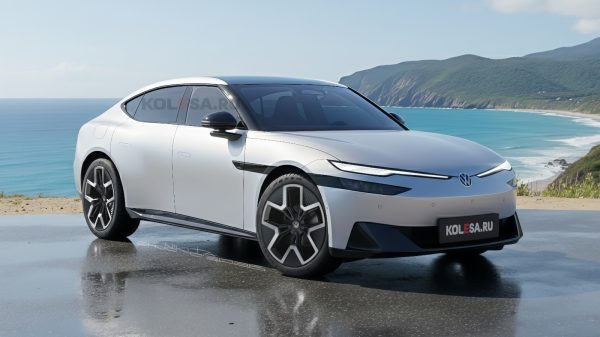
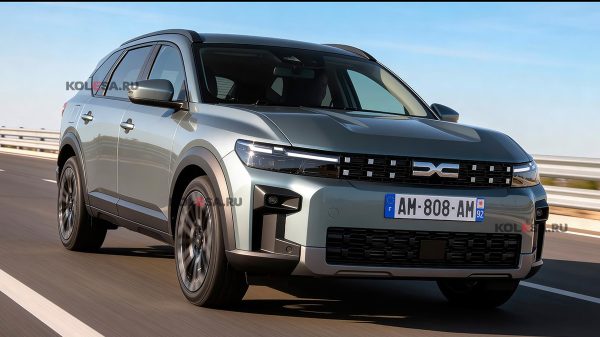
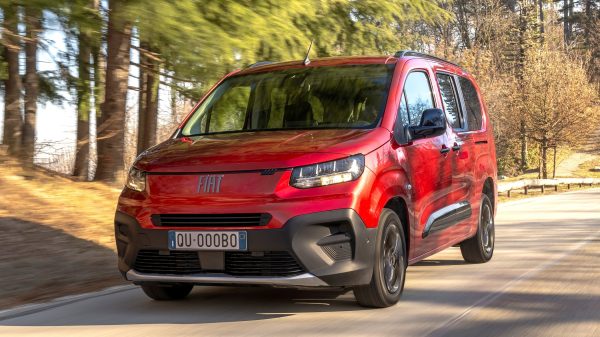



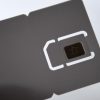





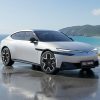

















Свежие комментарии